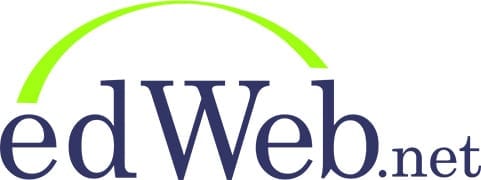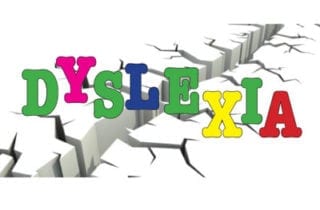With 10 million students in grades K-12 struggling to read, taking those struggling readers from disengaged to enthused may seem like a huge feat. However, doing just one thing to take action can cause a wave of reaction throughout the entire school. In a recent edWebinar, Nelda Reyes, a dyslexia interventionist at De Zavala Elementary in San Marcos CISD, TX, shared how she was able to establish a culture of reading at her school by creating a sense of belonging, building awareness, and never taking no for an answer.
In this edWebinar, Nelda Reyes shares some of the ideas that helped create an atmosphere of reading and literacy at her school.
Early intervention: it’s a common mantra for any student with learning difficulties, including dyslexia. But as Terrie Noland, National Director of Educator Engagement for Learning Ally, pointed out in a recent edWebinar, those services are not consistently available to students across the United States. In “Dyslexia: Hidden Costs and Money-Saving Techniques for Districts,” Noland makes a case for front-loading the funding to shrink the learning gap at an earlier age and offers cost-effective solutions to help students engage in their education.
Current approaches to identifying students with reading disabilities are often problematic and ineffective, and will not lead students to academic success. Significant improvements in identification and screening have been made to provide greater support, and earlier. In “Cutting-Edge Research to Empower Schools to Support Students with Reading Disabilities,” Rick Wagner, Associate Director for the Florida Center for Reading Research, discussed problems with current methods and how to better help students with these disabilities.
In this edWebinar, Susan E. Miller, M.A., LDT-C, Assistant Director of the Robinowitz Education Center, leads this session on applying the latest research on supporting students with dyslexia.
In this edWebinar, Kathy Futterman, Ed.D. shares key insights on how to successfully support students with dyslexia in elementary and middle school.
According to the National Assessment of Educational Progress, 80% of students with learning disabilities have dyslexia. In order to create a learning environment that feels safe, comfortable and empowering for students, schools need to adhere to basic guiding principles. In “Creating a Dyslexia-Friendly School,” Terrie Noland, National Director, Educator Engagement for Learning Ally, presented on early intervention for dyslexic students, using the right AT (assistive technology) tools and accommodations for each learner, and creating environments in which students can thrive.
In this edWebinar, Learning Ally’s Terrie Noland will share how to create a supportive culture for your students who are struggling readers.
It is important to define and address literacy problems to ensure that struggling students learn and improve. In “Teaching Students with Literacy Problems—Including Dyslexia,” hosted by edWeb.net and sponsored by Brookes Publishing, Nickola Wolf Nelson, Ph.D., Professor Emerita, Department of Speech, Language, and Hearing Sciences, Western Michigan University, reviewed techniques educators can use to teach their students with literacy problems.
Teachers and related service providers across early, middle, and secondary grades are invited to join this webinar with Dr. Nickola Wolf Nelson to gain new insights for identifying struggling readers and writers, understanding their needs, and helping them improve.










